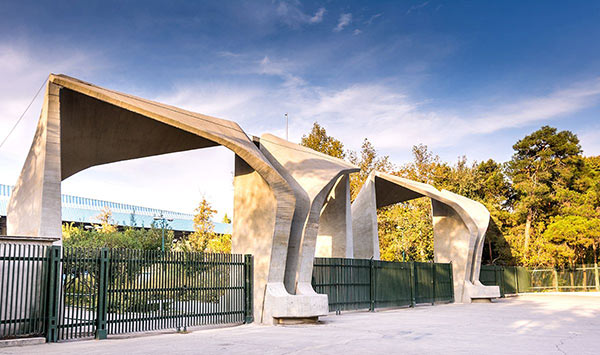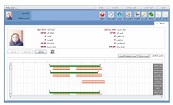IRNA - Tehran - Researchers from the University of Tehran's Faculty of Modern Sciences and Technologies conducted the research project "Remote Identification of People by Face Recognition and Live Image Recognition."
According to the IRNA Science and Education Group on Saturday, Dr. Hadi Veisi, a faculty member at the University of Tehran's Faculty of Modern Sciences and Technology and the project's executor, said: with the implementation of this plan, it will be possible that many services in areas such as law enforcement, banks, and insurance offices be provided online and remotely, and there will no longer be a need for people to come in person to receive services from these offices.
He remarked: "Nowadays, significant organizations such as the government, judiciary, law enforcement, municipalities, insurance, and banks have offices or branches around the country, one of which is responsible for authenticating applicants for services. Many of these institutions' services can be given online through the implementation of this proposal."

The University of Tehran professor emphasized the need to implement this strategy more forcefully during the Covid-19 pandemic, adding that with the majority of Corona, the authentication issue has altered, and people are less eager to visit service offices for fear of infection. As a result, the research project on remote authentication of persons using facial recognition and image liveness detection was developed to understand that authentication occurs in absentia and online in these businesses.
"To do out-person authentication, two main things have to be done," Veisi said of the procedure. The first is to ensure the identity of the person, which is possible by matching the photo of the applicant's face (selfie) with a reference photo of that person (which can be taken from official sources such as registration) and secondly, to identify the person alive (Liveness Detection) in an image that there are different ways to do this in artificial intelligence; For example, taking a video from the applicant and analyzing its content, or showing him a random text and analyzing its content and asking him to read it, or at certain times from recording the video, or blinking his head to change.
According to the University of Tehran, the project has four phases, three of which have been completed and tested in the fourth phase.
This artificial intelligence expert stated this plan to make the institutions and devices of service providers such as the police smarter, and with the addition of this plan, they can provide more services to their compatriots in absentia.
Additional benefits of the strategy include a reduction in face-to-face visits to service offices, a reduction in traffic as well as air pollution, and preventing the spread of disease, particularly under pandemic circumstances.







































































